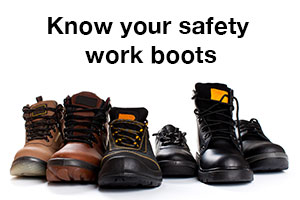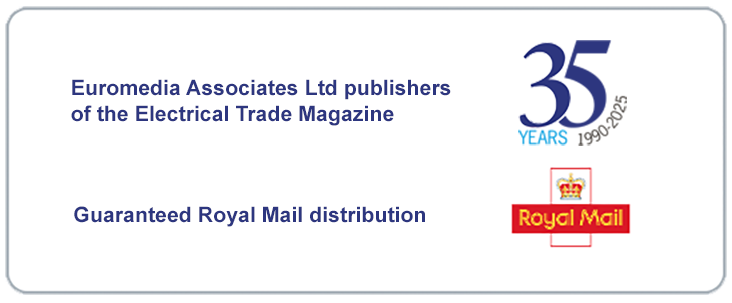At first glance, safety boot ratings might resemble a meaningless stream of letters and numbers, chosen at random by the shoe manufacturers to make their products look more important.
But safety footwear standards are not to be taken lightly. Your employers are legally required to ensure that the shoes you wear offer adequate protection for the job at hand. Safety ratings are designed to effectively communicate the sort of protection the shoes offer -whether it’s heat resistant, penetration resistant, electrical resistant or otherwise.
Safety boot standards should be the most important factor to consider when choosing your safety footwear. Scruffs, a UK leader of innovative safety footwear explain the meanings behind the most common ratings:
 Safety boot ratings abbreviations – what they stand for
Safety boot ratings abbreviations – what they stand for
SB
This is the Safety Basic toe protection rating. It is tested with 200J impact and 15kN compression force.
HRO
Heat Resistant Outsole. These shoes have been made using a compound that’s been tested at 300°C, to ensure its heat resistance levels.
P
These shoes have midsole protection against sharp objects, such as nails and other protrusions. Safety footwear with a P rating have been tested to withstand penetration forces of up to 1,100Nm using either steel inserts, aluminium inserts, or Kevlar insoles.
A
This is antistatic protection. Safety footwear with an A rating offers electrical resistance between the foot and the ground ranging from 0.1 to 1000 MegaOhms.
E
This rating means that the energy absorption of the heel region has been tested at 20J.Remember – absorptive shoes are, generally speaking, comfortable shoes. Safety footwear with an E rating will keep you comfortable throughout even your longest of shifts.
FO
The outsole is resistant to Fuel Oil.
WR
The safety boot is Water Resistant.
WRU
The shoe is fitted with a Water Resistant Upper.
SRA / SRB / SRC
These shoes are slip resistant. SRA safety footwear has been tested on tiles with NaLSlubricant. While SRB safety footwear has been tested on steel with glycerol lubricant. SRC safety footwear has been tested with both lubricants.
S1
This is where the ratings get a little more complex. The S1 rating essentially means that on top of the safety features offered by SB footwear, you also get the features of A, E, and FO. So, as well as toe protection, you get antistatic protection, an energy absorbent heel, and a fuel oil resistant outer sole.
S2
In addition to all the safety features of S1 footwear, you get WRU – a water resistant upper.
S3
In addition to all the safety features of S2 footwear, you get added midsole protection against sharp objects (P).
Take some time to consider the type of protection you need, and use this information to help you choose the perfect safety boots for your work.
For example, for almost all onsite work, toe protection is a given. This is why the basic rating – SB – indicates that the shoe offers toe protection.
So, make sure you browse an extensive range of safety footwear to properly equip yourself with the best footwear to get the job done.






